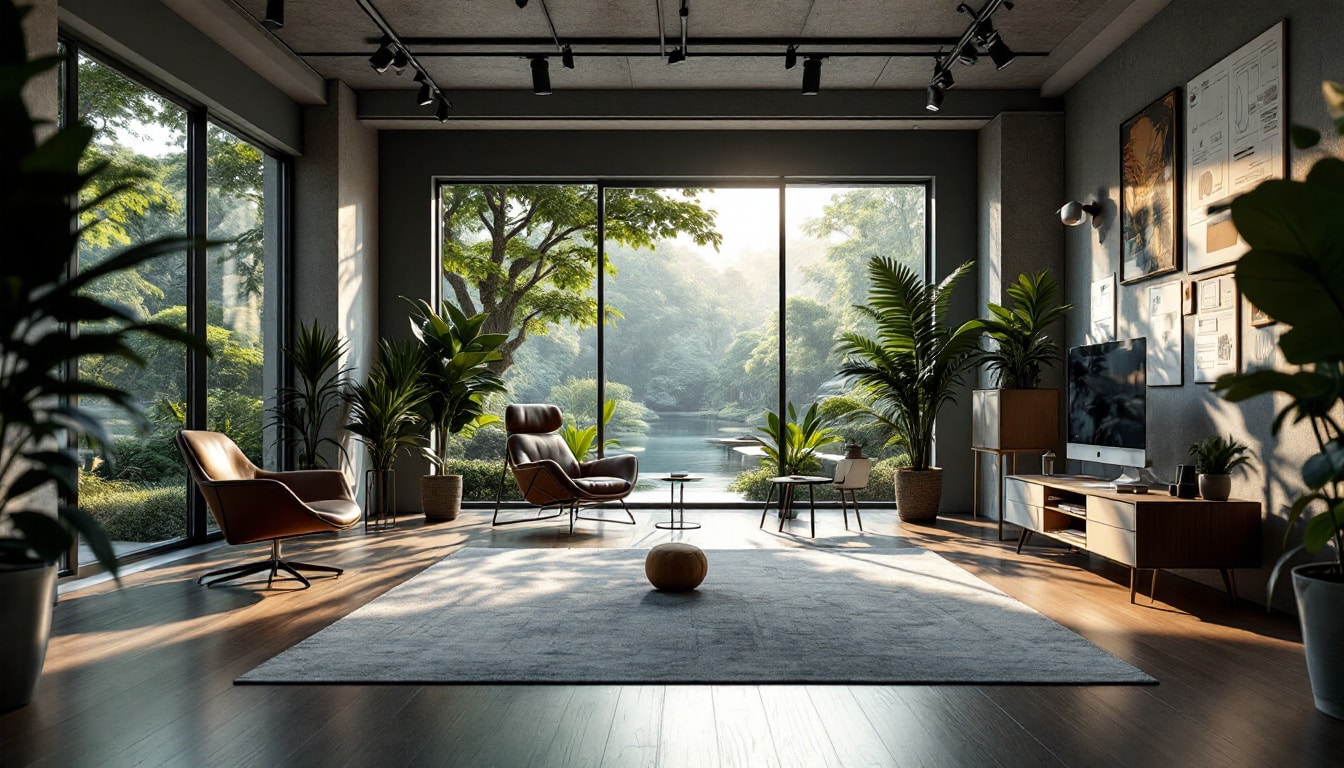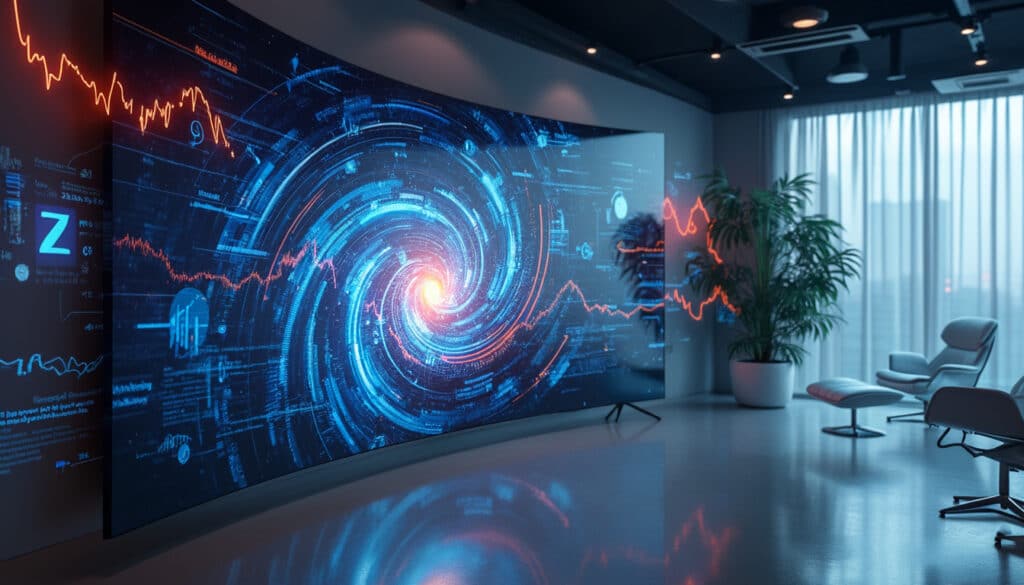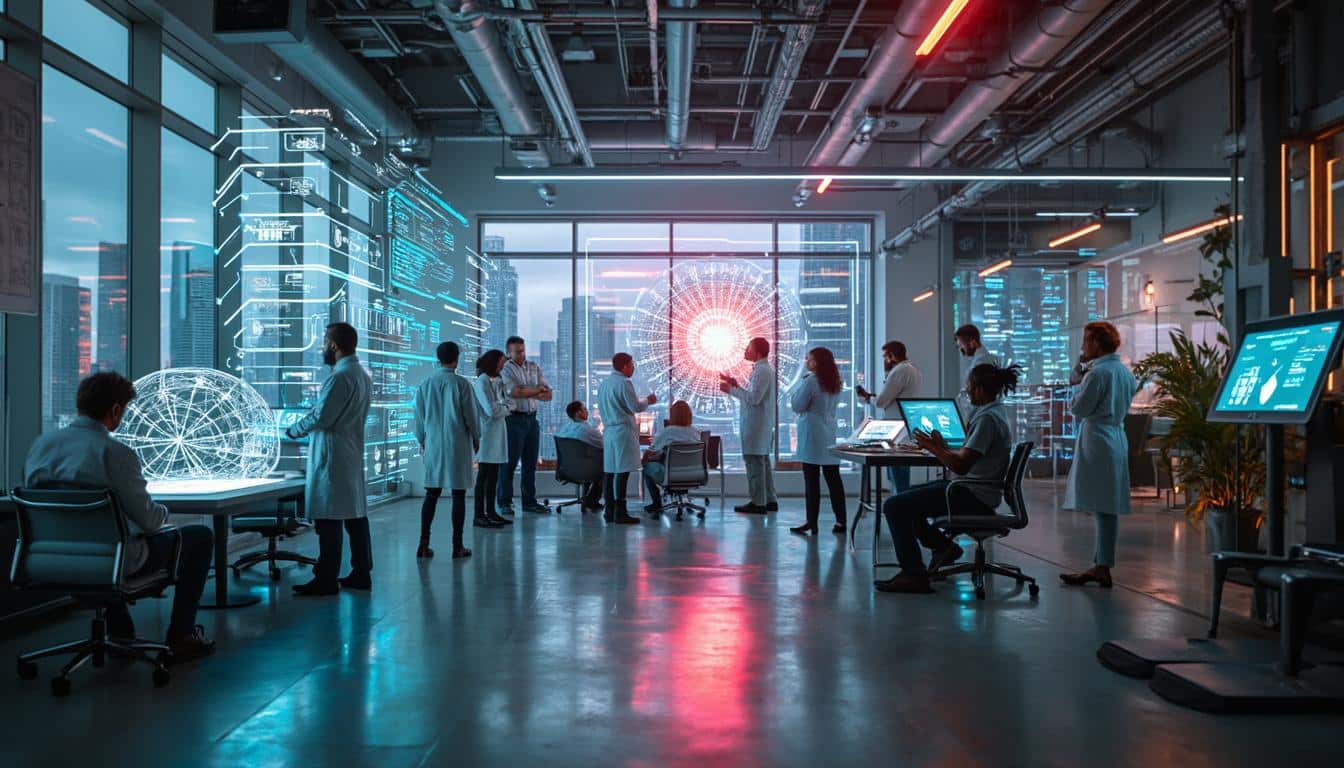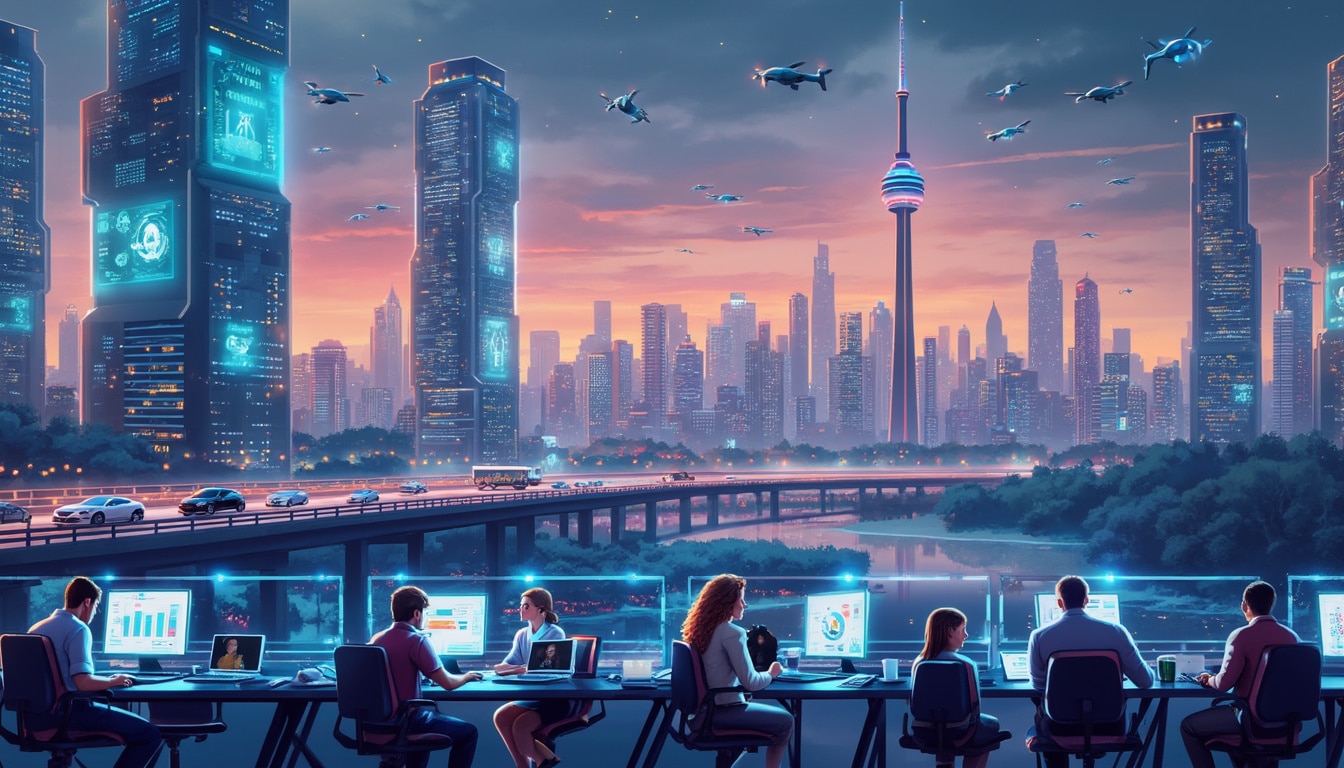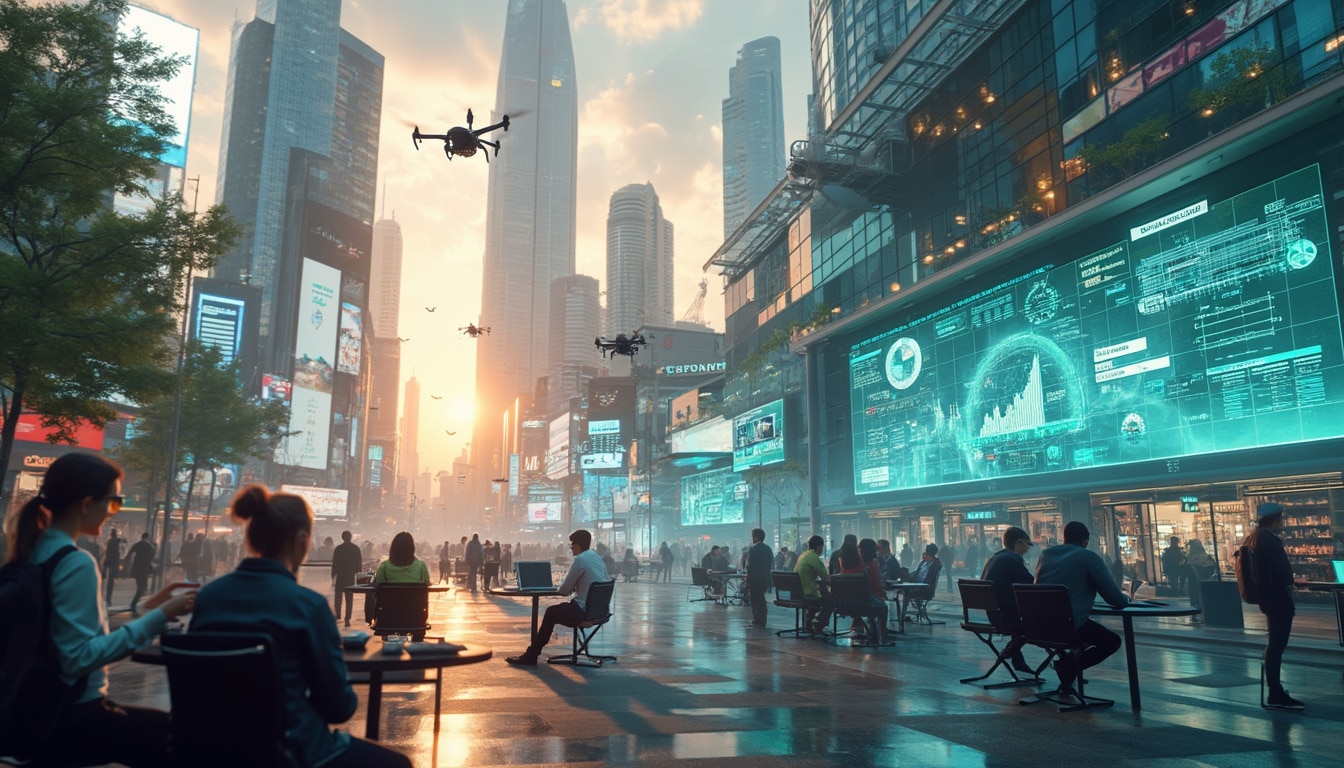The Dev Mode of Figma revolutionizes the integration of design and development processes. It bridges the gap between designers and developers by transforming graphic details into “code-ready” concepts such as components, properties, and styles. With this mode, teams can now easily navigate through designs, identify sections ready for development, and streamline processes through simple URLs. Additionally, the StackBlitz plug-in provides the ability to go directly from design to code in GitHub, facilitating collaboration and allowing stakeholders to follow the process in real time. This innovation significantly enhances the efficiency and quality of teamwork.

Table of Contents
ToggleImproving Collaboration Through Figma’s Dev Mode
The new Dev Mode of Figma, recently unveiled, creates a synergy between design and development teams by streamlining the transition from mockups to code. This innovative feature reduces the time spent browsing multiple files to find the details needed by developers. Let’s explore how this process optimizes workflow and fosters seamless collaboration.
One of the key advantages of Dev Mode is the ability to inspect, in real time, each part of the design and translate it into code-ready components. This capability is a major asset for teams using comprehensive design systems. By directly integrating design elements into a versioning platform like GitHub, Dev Mode significantly reduces back-and-forth communication and minimizes errors.
Impact of Dev Mode on Development Processes
By facilitating access to detailed sketches without requiring the setup of complex environments, Dev Mode helps keep developers in their flow state. With the addition of plugins, particularly those from StackBlitz, it is possible to edit and modify code related to components directly from the Figma interface. This harmonious integration between design and development boosts team efficiency and reduces waiting times.
Exploring Complementary Collaborative Tools
Beyond Dev Mode, tools like Storybook and WebContainers play a crucial role in synchronizing efforts between designers and developers. These platforms allow for a live preview of components with all changes applied in real time. This proves indispensable for creative reviews while minimizing the need for deployment in separate environments for stakeholders outside the team.

